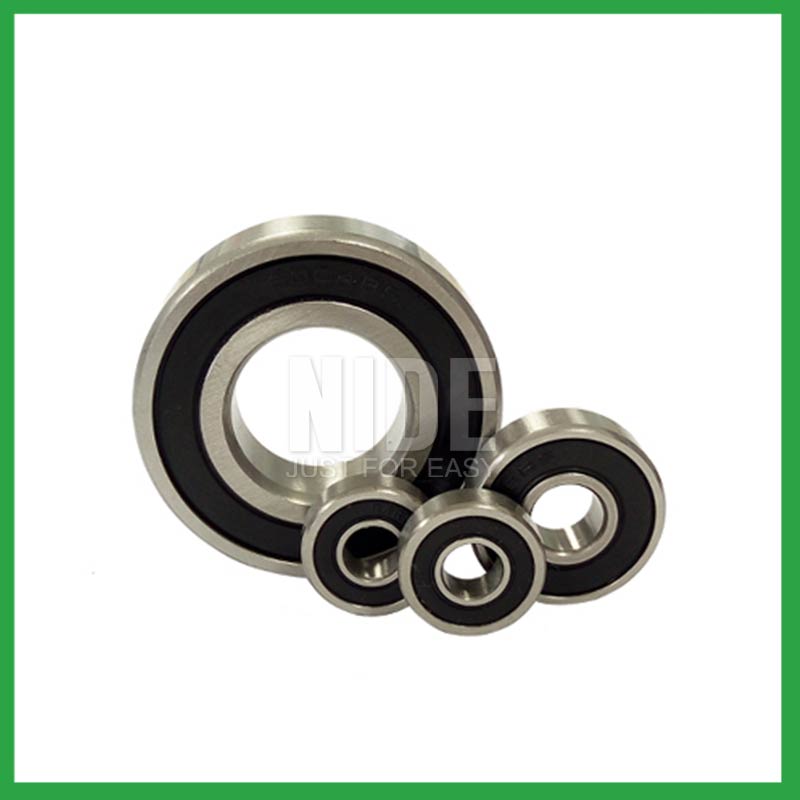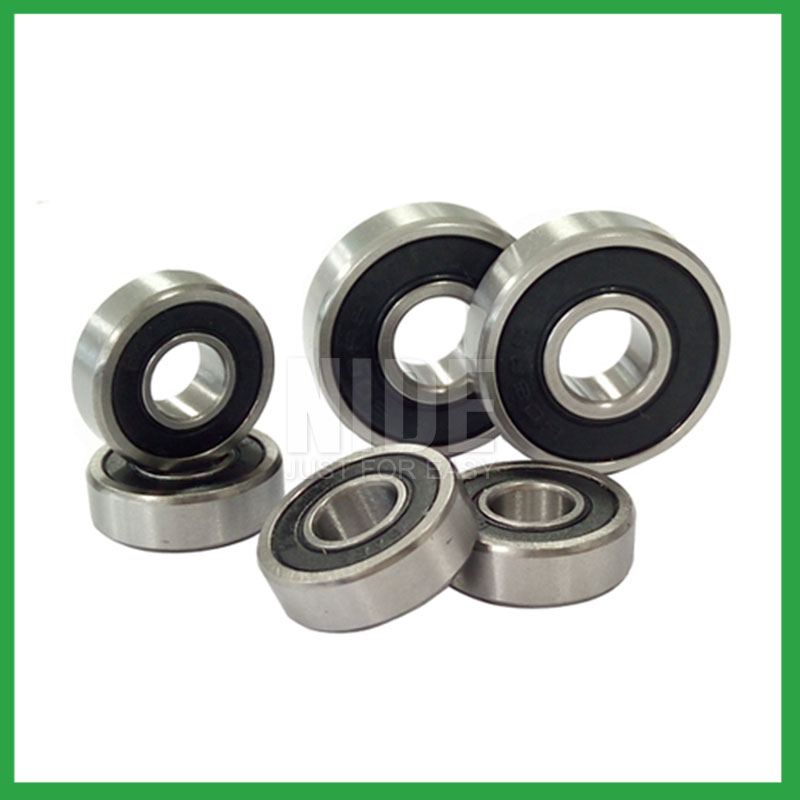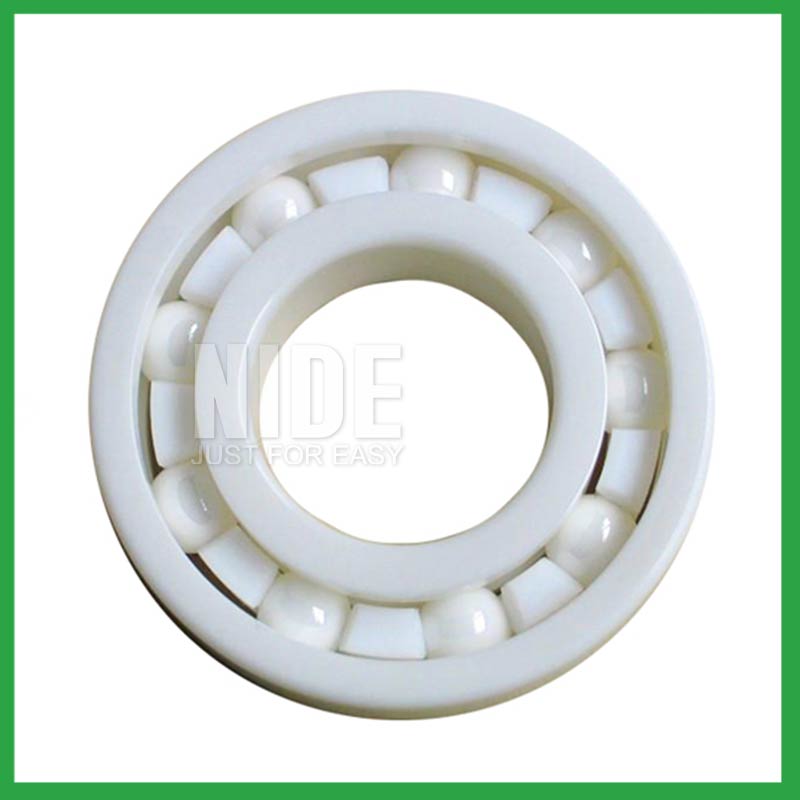PRODUCTS
CONTACT US
Ningbo Nide International Co., Ltd.
一一
· Contact person:Jack Zeng
· Mob/Whatspp/WeChat:0086-13738869026
· Email:emarketing@nide-group.com;marketing4@nide-group.com
· Add:No. 169, Wohushan Road, Daqi Subdistrict, Beilun District, Ningbo, China

Nide team could manufacture ball bearing as per customer’s drawing and samples.
If customer only has samples, we could also design drawing fo r our customer.
We also provide customized service.
Our ball bearing is widely applied the different industrials.
Haishu Nide International Co., Ltd is located in the beautiful sea shore city--Ningbo, taking the advantage of advanced industries hub, perfect supply chain and convenient transportation, and integrating professional team with rich motor manufacturing experience , we focus on supplying the Motor Components One Stop Sourcing Platform to our customers.
Our products include shaft,fan,thermal protector,ball bearing,carbon brush,commutator,magnet,etc.Apart from these products, we also provide the service for the motor manufacturing technical consultant, project support and turn-key project.

| Parameter | Information |
| Product Name | ball bearing conveyor rollers |
| Brand Name | Nide |
| Place of Origin | Ningbo,Zhejiang,China |
| Type | Ball |
| Material | ceramics, etc. |
| Sample | Avaible |
| Warranty | 3months-1year |
| Lubrication | Dry/ Oil |
| Application | textile machinery,food processing machinery, etc. |
| Port | Ningbo/Shanghai |
| Size(mm) | customize |
| Export Country | Argentina,Brazil,South Korea,Bahamas, The,Gambia,Australia,Colombia...etc |
| Export region | America,Europe,Oceania... |
| Certification | ISO 9001 Certification,CE-stator coil winding inserting machine,CE-insulation paper inserting machine,etc |
| Precision Rating | as per customer's requirement |
| Feature | Simple structure,High speed...etc |
| Packaging Details | Suitable for sea transportation |
| Color | Silver gray+customized |
| Seals Type | Rubber seals |
| Service | Prompt Delivery |
| Supply Ability | 100000-500000 Piece/Pieces per Month |
| Lead time (days) | 15-20 (To be negotiated) |
Please note: The above table data is for reference only. For specific information, please contact us.
ball bearing conveyor rollers require thrust for installation, which can be achieved by using a combination ring made of steel sleeve and transmission rubber, or by using an adjustment plate to tighten the bolt to form a combination ring installation structure.
Before use, the model, size, and design of the ball bearing should be confirmed to ensure suitable application;
During installation, the installation load of the ball bearing should be minimized as much as possible to avoid unnecessary damage;
The bearing shaft and the bearing frame should be stable at the same time to avoid excessive tension.
Ball bearings have many advantages, making them highly competitive in the market.
Firstly, they are very durable and have good wear performance, making their service life longer than many other types of bearings.
Secondly, they are easy to install and can provide low friction performance in various applications.
Thirdly, they require a relatively low level of maintenance, making them cost-effective.
In addition, compared to many other types of bearings, their purchase cost is relatively low, making them an economical choice.




ball bearing conveyor rollers---FAQs Guide
2.How do preloaded ball bearing conveyor rollers enhance rigidity and reduce clearance in high-precision applications?
3.What are the after-sales services available for ball bearing conveyor rollers?
4.What are the ball bearing conveyor rollers product skill training options?
5.What are the considerations for selecting sealed or shielded ball bearing conveyor rollers to protect against contamination and retain lubrication?
6.What is the significance of ball bearing conveyor rollers lubrication, and how does it affect bearing lifespan and performance?
7.Are there specific ball bearing conveyor rollers designed for applications in the aerospace and aviation industries, and what standards do they adhere to?
8.Can ball bearing conveyor rollers be customized with special coatings or treatments to meet specific industry standards or regulatory requirements?
9.Are there ceramic ball bearing conveyor rollers designed for specific applications requiring high-temperature or corrosion resistance?
10.What maintenance practices are recommended to extend the lifespan of ball bearing conveyor rollers and prevent premature failure?
11.What is a ball bearing?
12.Are there hybrid ball bearing conveyor rollers that combine steel rings with ceramic balls to optimize performance in demanding applications?
13.How do different ball bearing conveyor rollers designs, such as deep groove, angular contact, or thrust bearings, cater to specific applications?
14.Do ball bearing conveyor rollers come in various tolerance classes?
1.About ball bearing conveyor rollers,Will you check the products before shipment?
Yes, We have a professional QC team. Products will be strictly inspection before shipment.
2.How do preloaded ball bearing conveyor rollers enhance rigidity and reduce clearance in high-precision applications?
Enhance Rigidity: By applying a controlled axial force, preload increases the bearing's resistance to external forces and moments. This heightened rigidity is essential in applications where any deflection or misalignment must be minimized, such as in machine tools or robotic systems.
3.What are the after-sales services available for ball bearing conveyor rollers?
If you find problems or failures in the assembly or use of the bearings , which needs to consult and other services, please feedback to Nide International in time.
4.What are the ball bearing conveyor rollers product skill training options?
Quality comes from being controlled rather than be done. On the basis of the escalating production equipment and optimized process, Nide spare no efforts and keeps improving for quality control. Quality assurance covered with system, technology and human resources are in full swing.
5.What are the considerations for selecting sealed or shielded ball bearing conveyor rollers to protect against contamination and retain lubrication?
First, the environment in which your ball bearing conveyor rollers operate in can help you identify potential contaminants, allowing you to select your shields or seals accordingly. For example, shielded bearings have a gap that can allow finer contaminants or water from washdown applications to enter the bearing and get into the raceways.The challenge for sealing bearings is to seal the bearing by protecting the bearing from contaminants and running efficiencies.

6.What is the significance of ball bearing conveyor rollers lubrication, and how does it affect bearing lifespan and performance?
Bearing lubrication is vital for preserving the performance and lifespan of rolling element bearings. Lubrication helps separate moving parts relative to one another, such as rollers and raceways or balls, to prevent wear and tear and friction.
7.Are there specific ball bearing conveyor rollers designed for applications in the aerospace and aviation industries, and what standards do they adhere to?
Airframe control ball bearing conveyor rollers are specialized bearings tailored for aircraft structures, particularly control systems and surfaces. Designed for low-speed oscillatory applications, they offer precision and support, effectively managing misalignments and flight-induced stresses.
Airframe Control bearings are lightweight, corrosion-resistant, grease-lubricated, and are sealed on most occasions. They come in precision grades for running accuracy.
8.Can ball bearing conveyor rollers be customized with special coatings or treatments to meet specific industry standards or regulatory requirements?
Yes, ball bearing conveyor rollers can be customized with special coatings or treatments to meet specific industry standards or regulatory requirements.
1. Corrosion-resistant coatings: These coatings are used to protect the bearings from corrosion caused by exposure to moisture, chemicals, and other corrosive substances.
2. High-temperature coatings: These coatings are used to improve the thermal stability and performance of bearings in high-temperature environments.
3. Food-grade coatings: These coatings are specially designed for applications in the food and beverage industry, where bearings come into contact with food, beverage, or pharmaceutical products.
4. Anti-static and non-conductive coatings: These coatings are used to dissipate static electricity, which can cause damage to electronic components.
5. Specialized lubrication treatments: Bearings can be treated with specialized lubricants that meet specific industry standards or regulatory requirements.
9.Are there ceramic ball bearing conveyor rollers designed for specific applications requiring high-temperature or corrosion resistance?
Ceramic ball bearing conveyor rollers are a special type of bearing made of ceramic materials, offering superior wear resistance, corrosion resistance, and high-temperature performance. They provide excellent performance in applications requiring high speeds, high temperatures, and resistance to corrosion.
10.What maintenance practices are recommended to extend the lifespan of ball bearing conveyor rollers and prevent premature failure?
Proper handling and installation of ball bearing conveyor rollers is essential to preventing premature failure. Ensure that bearings are stored and transported in a clean, dry, and vibration-free environment. During installation, ensure that bearings are properly aligned, and torque is applied correctly.

11.What is a ball bearing?
A ball bearing is a type of rolling-element bearing that uses balls to maintain the separation between the bearing races.
The purpose of a ball bearing is to reduce rotational friction and support radial and axial loads. It achieves this by using at least two races to contain the balls and transmit the loads through the balls. In most applications, one race is stationary and the other is attached to the rotating assembly (e.g., a hub or shaft). As one of the bearing races rotates it causes the balls to rotate as well. Because the balls are rolling they have a much lower coefficient of friction than if two flat surfaces were sliding against each other.
Ball bearings tend to have lower load capacity for their size than other kinds of rolling-element bearings due to the smaller contact area between the balls and races. However, they can tolerate some misalignment of the inner and outer races.
12.Are there hybrid ball bearing conveyor rollers that combine steel rings with ceramic balls to optimize performance in demanding applications?
Hybrid Ceramic ball bearing conveyor rollers. Ceramic ball bearings (also known as hybrid bearings) are the one component that'll easily optimize the performance of your application. Hybrid bearings have ceramic (silicon nitride, Si3N4) balls and 52100 bearing steel rings.
13.How do different ball bearing conveyor rollers designs, such as deep groove, angular contact, or thrust bearings, cater to specific applications?
Deep groove ball bearing conveyor rollers: Deep groove ball bearings are the most common type. They can handle both radial and axial loads. Angular contact ball bearings: Angular contact ball bearings have higher than average internal axial clearance. They can handle axial loads in one direction and moderate radial loads.
14.Do ball bearing conveyor rollers come in various tolerance classes?
Bearing tolerances are standardized by classifying bearings into the following six classes (accuracy in tolerances becomes higher in the order described): 0, 6X, 6, 5, 4 and 2.

